Nach einer langen Skitour braucht dein Körper eine angemessene Erholung, um Schmerzen, Müdigkeit und mögliche Verletzungen zu vermeiden. Das ist am wichtigsten:
- Ernährung: Tanke innerhalb von zwei Stunden nach dem Skifahren Kohlenhydrate, Protein und gesunde Fette. Das hilft, Energie aufzufüllen, Muskeln zu reparieren und Entzündungen zu reduzieren. Bleib mit Wasser, Elektrolyten oder warmen Getränken wie Kräutertee hydratisiert.
- Schlaf: Qualitativ hochwertiger Schlaf ist entscheidend für die Muskelreparatur und die Wiederherstellung der Energie. Halte dein Zimmer kühl, vermeide Bildschirme vor dem Schlafengehen und halte einen regelmäßigen Schlafrhythmus ein.
- Dehnen: Konzentriere dich auf deine Hüftbeuger, Quadrizeps, Hamstrings, Waden und den unteren Rücken, um Verspannungen zu lösen und die Flexibilität zu verbessern. Faszienrollen kann ebenfalls helfen, verspannte Stellen zu lösen.
- Ausrüstungswahl: Leichte und kompakte Ausrüstung, wie die Skiblades oder Skiskates von Snowfeet, reduziert die Belastung für deine Muskeln und Gelenke und macht die Erholung einfacher und schneller.
Mit diesen Strategien sorgst du dafür, dass dein Körper bereit ist für dein nächstes Abenteuer auf der Piste.
18-minütige Mobilitäts- & Erholungsroutine für Skifahrer
Ernährung nach dem Skifahren: Was du essen und trinken solltest, um dich zu erholen
Die richtige Ernährung in Kombination mit effektiven Erholungspraktiken und Ausrüstung hilft dir, nach einem anspruchsvollen Tag auf der Piste schneller wieder fit zu werden. Skifahren fordert deinen Körper, erschöpft Energiereserven und belastet die Muskeln. Was du nach dem Skifahren isst und trinkst, spielt eine große Rolle dabei, wie schnell du dich erholst und bereit für dein nächstes Abenteuer bist.
Wichtige Nährstoffe, die dein Körper braucht
Nach stundenlangem Skifahren verlangt dein Körper nach drei Hauptdingen: Kohlenhydrate, Protein und gesunde Fette. Hier erfährst du, warum jedes davon wichtig ist und wie du sie bekommst:
- Kohlenhydrate: Sie sind die bevorzugte Energiequelle deines Körpers. Skifahren verbraucht deine Glykogenspeicher, daher ist das Auftanken essenziell. Ziel sind 1–1,2 Gramm Kohlenhydrate pro Pfund Körpergewicht innerhalb von zwei Stunden nach dem Skifahren. Vollkornpasta, Naturreis, Quinoa und Süßkartoffeln sind ausgezeichnete Optionen. Verzichte auf Schokoriegel und zuckerhaltige Getränke – sie liefern keine langanhaltende Energie.
- Protein: Skifahren verursacht kleine Risse in deinen Muskelfasern, und Protein hilft, diese zu reparieren und zu stärken. Strebe 20–25 Gramm hochwertiges Protein innerhalb von zwei Stunden nach dem Skifahren an. Gute Optionen sind mageres Hähnchen, Lachs, Eier oder eine Schüssel griechischer Joghurt.
- Gesunde Fette: Diese unterstützen die Hormonproduktion und helfen, Entzündungen zu reduzieren. Denk an Avocados, Nüsse, Samen und Olivenöl. Kombiniere sie mit deinen Kohlenhydraten und Proteinen für eine ausgewogene Erholungsmahlzeit.
Entzündungshemmende Lebensmittel auf deinem Teller können deine Erholung ebenfalls unterstützen. Sauerkirschsaft ist beliebt, um Muskelschmerzen zu lindern, während omega-3-reiche Optionen wie Lachs und Walnüsse helfen können, Entzündungen zu beruhigen. Füge Blattgemüse, Beeren oder eine Prise Kurkuma hinzu, um das Ganze abzurunden.
Hydriert bleiben bei kaltem Wetter
Kalte Temperaturen können dich täuschen und glauben lassen, du seist nicht dehydriert, aber Skifahren in trockener Bergluft und das Tragen schwerer Ausrüstung können dich austrocknen. Es ist entscheidend, sich sofort nach dem Verlassen der Piste wieder zu rehydrieren.
- Wasser: Reines Wasser ist großartig, aber Getränke mit Elektrolyten – wie Kokoswasser oder Wasser mit einer Prise Meersalz und Zitrone – können helfen, verlorenes Natrium, Kalium und Magnesium aufzufüllen.
- Wie viel? Eine gute Faustregel ist, 16–24 Unzen Flüssigkeit für jedes Pfund Körpergewicht zu trinken, das du während deiner Skisession verloren hast. Bist du unsicher, wie es dir geht? Prüfe die Farbe deines Urins – er sollte hellgelb, nicht dunkel sein.
- Warme Getränke: Kräutertees, Knochenbrühe oder sogar eine Tasse heiße Schokolade können dich rehydrieren und wärmen. Sei nur vorsichtig mit Koffein oder Alkohol, da sie dich tatsächlich austrocknen können.
Wie Snowfeet* die Erholung erleichtert

Sobald du Energie getankt und hydriert bist, kann die richtige Ausrüstung deinen Übergang zur Erholung noch einfacher machen. Traditionelle Ski und Snowboards können sich nach einem langen Tag sperrig und anstrengend anfühlen. Hier glänzt die Ausrüstung von Snowfeet*. Ihre Skiblades und Skiskates sind leicht und kompakt, was den Transport zum Kinderspiel macht. Dieses clevere Design bedeutet, dass du schnell zusammenpacken und dich auf Auftanken und Entspannen konzentrieren kannst – besonders hilfreich bei mehrtägigen Skitouren.
Schlaf: Das wichtigste Erholungswerkzeug deines Körpers
Schlaf ist nicht nur Ruhe; er ist die Zeit, in der dein Körper die schwere Arbeit der Reparatur und Erholung leistet. Nach einer anstrengenden Skitour brauchen deine Muskeln Ruhe, um sich zu regenerieren. Während du schläfst, arbeiten Wachstumshormone daran, die durch Bewegung verursachten Schäden zu reparieren. Außerdem schüttet dein Körper IGF-1 aus, ein Hormon, das Muskelwachstum und -erhalt unterstützt. Verzichte auf guten Schlaf, und du bereitest dich auf Trägheit und schwache Leistung bei deiner nächsten Abfahrt vor.
Wie man nach dem Skifahren besser schläft
Skifahren kann dich auf Touren bringen – deine Körpertemperatur steigt, Adrenalin fließt und deine Muskeln sind angespannt. All das kann das Einschlafen erschweren. Probiere diese Tipps, um runterzukommen und die erholsame Ruhe zu bekommen, die dein Körper braucht:
- Temperaturkontrolle: Halte dein Schlafzimmer kühl – ideal sind etwa 18–20°C (65–68°F). Eine warme Dusche oder ein Bad etwa 90 Minuten vor dem Schlafengehen kann den natürlichen Kühlprozess deines Körpers anstoßen und signalisieren, dass es Zeit zum Schlafen ist.
- Begrenze die Bildschirmzeit: Blaues Licht von deinen Geräten (Handys, Tablets, Fernseher) kann das Melatonin durcheinanderbringen, das Hormon, das dir beim Schlafen hilft. Setze mindestens eine Stunde vor dem Schlafengehen eine "digitale Sperrstunde" und wähle etwas Ruhiges, wie Lesen oder sanftes Dehnen.
- Halte dich an einen Zeitplan: Jeden Tag zur gleichen Zeit ins Bett zu gehen und aufzuwachen hilft, deine innere Uhr zu regulieren. Diese Konstanz führt zu tieferem, erholsamem Schlaf.
Vermeiden Sie außerdem Koffein nach 14:00 Uhr und gehen Sie sparsam mit Alkohol um – beides kann Ihren Schlafrhythmus stören.
Weniger Ermüdung mit Snowfeet* Ausrüstung
Was Sie an die Füße schnallen, kann einen großen Unterschied machen, wie viel Energie Sie verbrauchen – und wie viel Ihnen für die Erholung bleibt. Traditionelle Ski und Snowboards können schwer sein und erfordern viel Kraft zum Manövrieren, was die Erschöpfung nach dem Skifahren erhöht. Snowfeet* Produkte hingegen sind ein echter Game-Changer. Diese Mini-Ski werden an Ihre Winterschuhe oder Snowboardboots befestigt und verzichten auf das Volumen und Gewicht herkömmlicher Ausrüstung. Ihr leichtes und benutzerfreundliches Design bedeutet weniger körperliche Belastung und mehr Energie für die Erholung. Kombinieren Sie das mit gezieltem Dehnen, und Ihre Muskeln werden es Ihnen danken.
sbb-itb-17ade95
Dehnen und Bewegung: Zielgerichtet Ihre Ski-Muskeln trainieren
Sobald Sie sich gestärkt und gut ausgeschlafen haben, ist Dehnen der nächste Schritt, um Ihren Muskeln bei der Erholung zu helfen und Sie für einen weiteren Tag auf der Piste vorzubereiten. Skitouren belasten den Körper stark. Die wiederholten Bewegungen und ungewöhnlichen Positionen können Sie steif und aus dem Gleichgewicht fühlen lassen. Dehnen hilft, diese überbeanspruchten Muskeln zu lockern, beschleunigt die Erholung und hält Muskelkater fern. Außerdem schafft es eine solide Grundlage für andere Erholungsmethoden.
Welche Muskeln Sie nach dem Skifahren dehnen sollten
Skifahren ist nicht nur hart für die Beine – es ist ein Ganzkörpertraining. So geben Sie Ihren Muskeln die Aufmerksamkeit, die sie brauchen:
- Hüftbeuger: Diese Muskeln verspannen sich durch die nach vorne geneigte Skihaltung. Ein Ausfallschritt-Dehnen wirkt Wunder – machen Sie mit einem Fuß einen Schritt nach vorne, senken Sie das hintere Knie ab und schieben Sie die Hüften nach vorne. Halten Sie die Position 30 Sekunden pro Seite.
- Quadrizeps: Ihre Quads leisten besonders auf steilen Abfahrten viel Arbeit. Um sie zu dehnen, stehen Sie auf einem Fuß, greifen den Knöchel und ziehen ihn Richtung Gesäß. Halten Sie die Knie zusammen und halten Sie die Dehnung 30 Sekunden pro Bein.
- Hamstrings und Waden: Diese wirken wie Stoßdämpfer auf unebenem Gelände. Für die Hamstrings setzen Sie sich mit einem gestreckten Bein hin und greifen nach den Zehen. Für die Waden drücken Sie Ihre Hände gegen eine Wand, stellen einen Fuß zurück und drücken die Ferse nach unten, während Sie sich nach vorne lehnen. Halten Sie beide Dehnungen 30 Sekunden lang.
- Unterer Rücken: All das Bücken und Drehen fordert seinen Tribut. Legen Sie sich auf den Rücken, ziehen Sie die Knie zur Brust und wiegen Sie sich sanft von Seite zu Seite. Diese einfache Bewegung kann viel Spannung lösen.
Wenn Sie eine Schaumstoffrolle haben, benutzen Sie sie! Rollen Sie über verspannte Stellen wie Ihren IT-Band (äußeren Oberschenkel), Quadrizeps und Waden für 30–60 Sekunden pro Stelle. Es ist wie eine Mini-Massage für sich selbst.
Andere wirksame Erholungsmethoden
Dehnen ist nur der Anfang. Hier sind noch ein paar weitere Möglichkeiten, um Ihrem Körper beim Zurückkommen zu helfen:
- Heiße und kalte Therapie: Wechseln Sie während Ihrer Dusche zwischen heißem und kaltem Wasser ab – 30 Sekunden heiß, dann 30 Sekunden kalt. Wiederholen Sie dies 3–4 Mal. Die Temperaturwechsel bringen Ihr Blut in Schwung und helfen, Muskelabfälle auszuspülen.
- Kompressionsstrümpfe: Diese sind nicht nur für lange Flüge gedacht. Das Tragen nach dem Skifahren kann die Durchblutung verbessern und Schwellungen in den Beinen verringern. Achte auf Strümpfe mit abgestufter Kompression (enger am Knöchel, lockerer an der Wade).
- Beinlagerung: Leg dich auf den Rücken und stell deine Beine für 10–15 Minuten an eine Wand. Das fördert den Rückfluss des Blutes zum Herzen und reduziert Schwellungen.
- Massage: Wenn möglich, gönn dir eine Massage, die sich auf Beine und unteren Rücken konzentriert. Schon eine kurze 15-minütige Sitzung kann einen großen Unterschied machen. Kein Budget für einen Profi? Nutze einen Tennisball oder Massage-Stab, um verspannte Stellen selbst zu bearbeiten.
Mit diesen Erholungstechniken fühlst du dich erfrischt und bist im Handumdrehen bereit, wieder die Piste zu erobern.
Schnellere Erholung mit Snowfeet* Produkten
Deine Ausrüstung kann auch eine große Rolle dabei spielen, wie schnell du dich erholst, und hier kommen die Snowfeet* Produkte ins Spiel. Im Gegensatz zu traditionellen Skiern und Snowboards, die schwer sind und zusätzliche Belastung für Muskeln und Gelenke bedeuten, ist die Snowfeet* Ausrüstung darauf ausgelegt, diesen Stress zu minimieren.
So funktioniert’s: Snowfeet* sind kürzer und leichter, sodass Carven und Drehen weniger Anstrengung erfordern. Das bedeutet, deine Muskeln müssen nicht so hart arbeiten, was dir mehr Energie lässt. Außerdem absorbiert das Design Stöße und reduziert die Belastung der Knie, wodurch du jene Schmerzen vermeidest, die nach einem Tag am Berg noch lange nachwirken können.
Mit weniger Belastung und weniger ungeschickten Stürzen lässt dich die Snowfeet* Ausrüstung weniger Zeit mit Erholung verbringen und mehr Zeit damit, dein nächstes Abenteuer zu planen. Es ist wie eine Geheimwaffe für schnellere Erholung und mehr Spaß auf der Piste.
Erholungsvergleich: Snowfeet* vs traditionelle Skier und Snowboards
Die Ausrüstung, die du wählst, kann einen großen Unterschied darin machen, wie sich dein Körper nach einem Tag auf der Piste anfühlt. Snowfeet* zeichnet sich dadurch aus, Ermüdung und Gelenkbelastung zu reduzieren und dir zu helfen, schneller wieder fit zu werden. Die Wahl einer körperfreundlicheren Ausrüstung ist nicht nur klug – sie ist entscheidend für eine schnellere Erholung.
Traditionelle Skier und Snowboards bestehen oft aus schwereren Materialien, die dich schneller ermüden lassen und mehr Belastung auf deine Gelenke ausüben. Dieses zusätzliche Gewicht erfordert mehr Anstrengung und kann sogar zu Unfällen führen, die die Erholungszeit verlängern. Außerdem zwingt dich die traditionelle Ausrüstung oft in eine starre Haltung, was Spannungen in Bereichen wie Hüften, unterem Rücken und Beinen erzeugt. Snowfeet* hingegen fördert eine natürlichere Bewegungsfreiheit, verringert die Belastung und hilft dir, schneller zu regenerieren.
Seiten-an-Seiten Erholungsvergleich
| Erholungsfaktor | Traditionelle Skier/Snowboards | Snowfeet* Produkte |
|---|---|---|
| Ausrüstungsgewicht | Schwere Materialien, erhöhen die Belastung | Leichtgewicht, reduziert Anstrengung |
| Muskelermüdung | Höhere Belastung, mehr Ermüdung | Weniger Aufwand, weniger Ermüdung |
| Gelenk- und Stoßbelastung | Mehr übertragene Stöße | Bessere Stoßdämpfung |
| Handhabung und Haltung | Starr und anspruchsvoll | Natürliche und flexible Bewegung |
| Tragbarkeit | Unhandlich und schwer zu tragen | Kompakt und leicht zu transportieren |
Wenn man Faktoren wie Tragbarkeit, natürliche Bewegung und reduzierte körperliche Belastung betrachtet, bietet Snowfeet* eindeutig einen Vorteil gegenüber traditioneller Ausrüstung. Es ist so konzipiert, dass du dich bequem bewegst und schneller erholst, damit du mehr Zeit auf der Piste verbringen und weniger Zeit mit Muskelkater verbringen kannst.
Fazit: Bessere Erholung bedeutet besseres Skifahren
Sich um deine Erholung zu kümmern bedeutet mehr Zeit auf der Piste und bessere Leistung bei deinem nächsten Ausflug. Indem du dich auf gute Ernährung, erholsamen Schlaf und kluges Dehnen konzentrierst, kannst du schneller zurückkommen und die Pisten erfrischt genießen.
Sobald du die Grundlagen der Erholung gemeistert hast, kann auch die Ausrüstung einen großen Unterschied machen. Traditionelle, schwere Ski und Stiefel können dich lange nach deinem Skitag erschöpft und schmerzhaft zurücklassen. Im Gegensatz dazu bietet Snowfeet* gear eine leichtere, benutzerfreundlichere Alternative. Viele Nutzer berichten, dass sie mit weniger Schmerzen und Belastung Ski fahren, was bedeutet, dass sie Energie sparen und weniger Zeit mit Erholung verbringen.
Schwere, veraltete Ausrüstung kann dich in einem Kreislauf aus Erschöpfung und langen Erholungszeiten gefangen halten. Aber Ausrüstung, die mit deinem Körper arbeitet, hilft, diesen Kreislauf zu durchbrechen, sodass du schneller regenerierst und öfter Ski fahren kannst. Wenn deine Ausrüstung die körperliche Belastung reduziert, macht Skifahren mehr Spaß und ist weniger anstrengend.
Mach Erholung zur Priorität und wähle Ausrüstung, die deinen Körper unterstützt. Wie du dich heute erholst, bestimmt den Ton für das Abenteuer von morgen – also stelle dich auf Erfolg bei jedem Schritt ein.
FAQs
Was macht Snowfeet gear zu einer besseren Wahl als traditionelle Ski oder Snowboards für die Erholung nach einer Skitour?
Snowfeet gear bringt echte Vorteile, besonders wenn es um die Erholung nach einer Skitour geht. Nehmen wir zum Beispiel die 17-Zoll Skiskates. Ihre kürzere Länge bedeutet viel weniger Belastung für deine Knie im Vergleich zu traditionellen Skiern oder Snowboards. Mit weniger Hebelwirkung auf deine Gelenke sind sie eine viel kniefreundlichere Wahl.
Noch ein großer Gewinn? Snowfeet gear ist leicht. Das hilft nicht nur, Muskelermüdung zu reduzieren, sondern gibt dir auch bessere Kontrolle, während du umhergleitest. Das Ergebnis? Du kannst die Pisten genießen, ohne deinen Körper zu überlasten, was die Erholung schneller und angenehmer macht. Wenn du nach einer mühelosen, spaßigen Art suchst, den Schnee zu genießen, ist Snowfeet eine fantastische Option.
Warum sind Ernährung, Schlaf und Dehnen so wichtig für die Erholung nach einer Skitour?
Die Erholung nach einer Skitour bedeutet nicht nur Ausruhen und Entspannen – es geht darum, Ihrem Körper das zu geben, was er braucht, um stärker zurückzukommen. Drei wichtige Dinge, auf die Sie achten sollten? Ernährung, Schlaf und Dehnen.
Zuerst die Ernährung. Das Auftanken mit proteinreichen Mahlzeiten und komplexen Kohlenhydraten hilft, die hart arbeitenden Muskeln zu reparieren und Ihre Energie wiederherzustellen. Oh, und vergessen Sie nicht das Wasser! Hydriert zu bleiben ist eine einfache, aber kraftvolle Methode, um Ihren Körper reibungslos laufen zu lassen und die Erholung zu beschleunigen.
Als Nächstes sprechen wir über Schlaf. Qualitativer Schlaf bedeutet nicht nur, sich erfrischt zu fühlen – es ist die Zeit, in der Ihr Körper Gewebe repariert, Hormone ausgleicht und Ihr Immunsystem stärkt. Nach einem anstrengenden Tag auf der Piste ist eine gute Nacht wie ein Neustart-Knopf.
Zum Schluss das Dehnen. Ob vor oder nach dem Skifahren, Dehnen fördert die Durchblutung, lindert Muskelsteifheit und hilft Ihnen, den Muskelkater am nächsten Tag zu vermeiden. Es ist ein kleiner Aufwand, der sich auszahlt, wenn Sie sich auf die nächste Abfahrt vorbereiten.
Wenn Sie Snowfeet-Ausrüstung wie skiblades oder Skiskates verwenden, gönnen Sie Ihrem Körper bereits eine Pause. Diese leichten, ergonomischen Optionen sind schonender für Ihre Muskeln als traditionelle Ski oder Snowboards, was Ihre Erholung schneller und weniger anstrengend macht.
Warum ist es so wichtig, bei kaltem Wetter hydriert zu bleiben, und wie kann man sich nach dem Skifahren effektiv rehydrieren?
Hydriert zu bleiben bei kaltem Wetter ist super wichtig. Ihr Körper verliert Flüssigkeit nicht nur durch Schwitzen, sondern auch durch Atmen – besonders wenn Sie in großer Höhe oder in trockener, kalter Luft unterwegs sind. Wenn Sie nicht aufpassen, kann Dehydration sich einschleichen, Ihre Energie senken und sogar ernsthaftere Gesundheitsprobleme verursachen.
Nach einem Tag auf der Piste ist richtiges Rehydrieren entscheidend. Wasser mit Elektrolyten ist Ihre beste Wahl – es hilft, sowohl die Flüssigkeiten als auch die Mineralien zu ersetzen, die Ihr Körper braucht. Eine gute Faustregel? Trinken Sie etwa 1,5-mal so viel Flüssigkeit, wie Sie zu verlieren glauben, innerhalb von 30 bis 60 Minuten nach dem Ende Ihrer Skisession. Profi-Tipp: Halten Sie eine Thermoskanne mit warmem Wasser und Elektrolyten bereit. Das ist nicht nur hydratisierend, sondern auch wohltuend, wenn die Temperaturen sinken. Diese kleinen Gewohnheiten können einen großen Unterschied machen, wie schnell Sie sich erholen und für die nächste Abfahrt bereit sind!








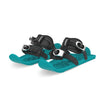

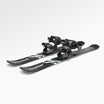



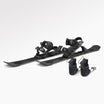






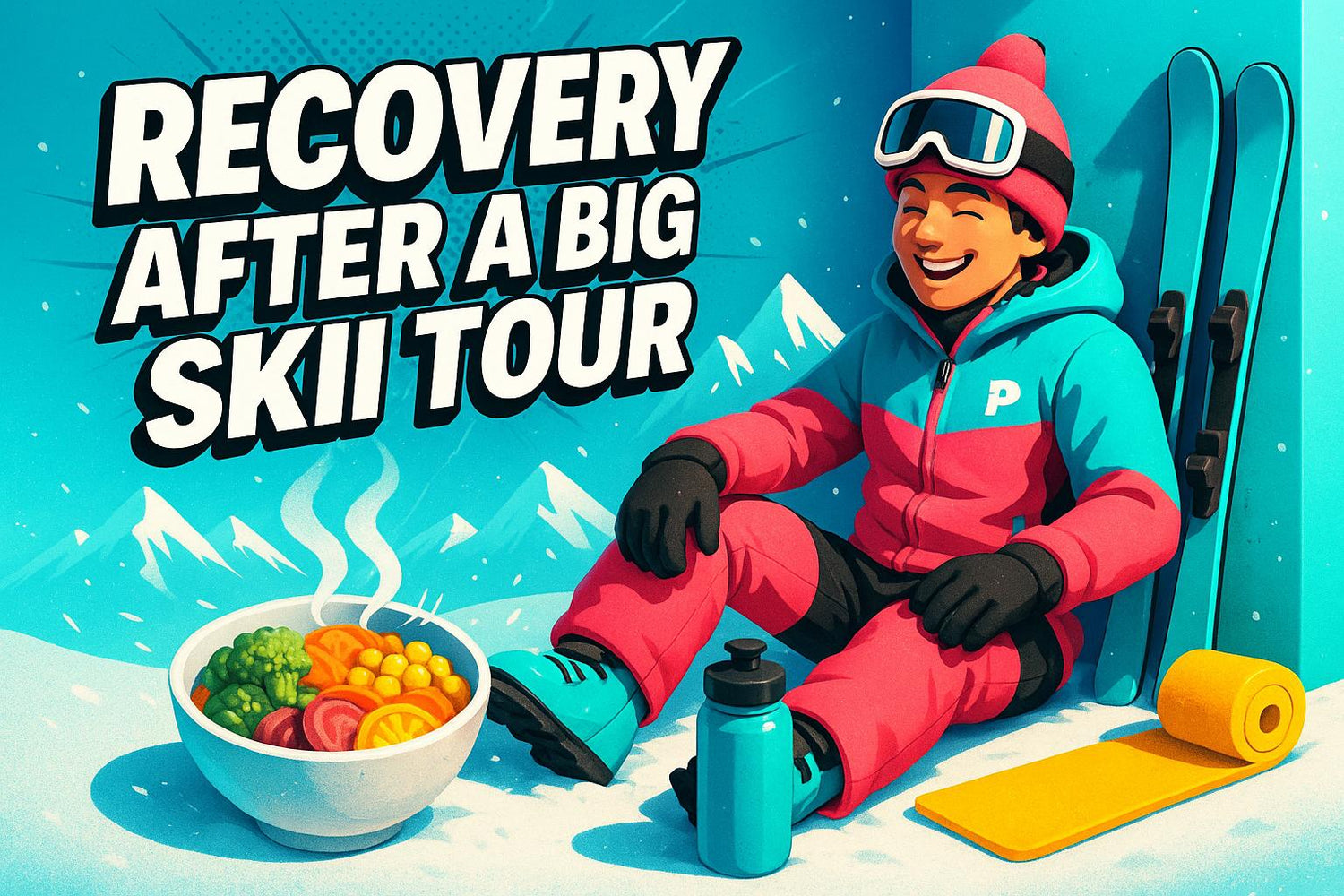

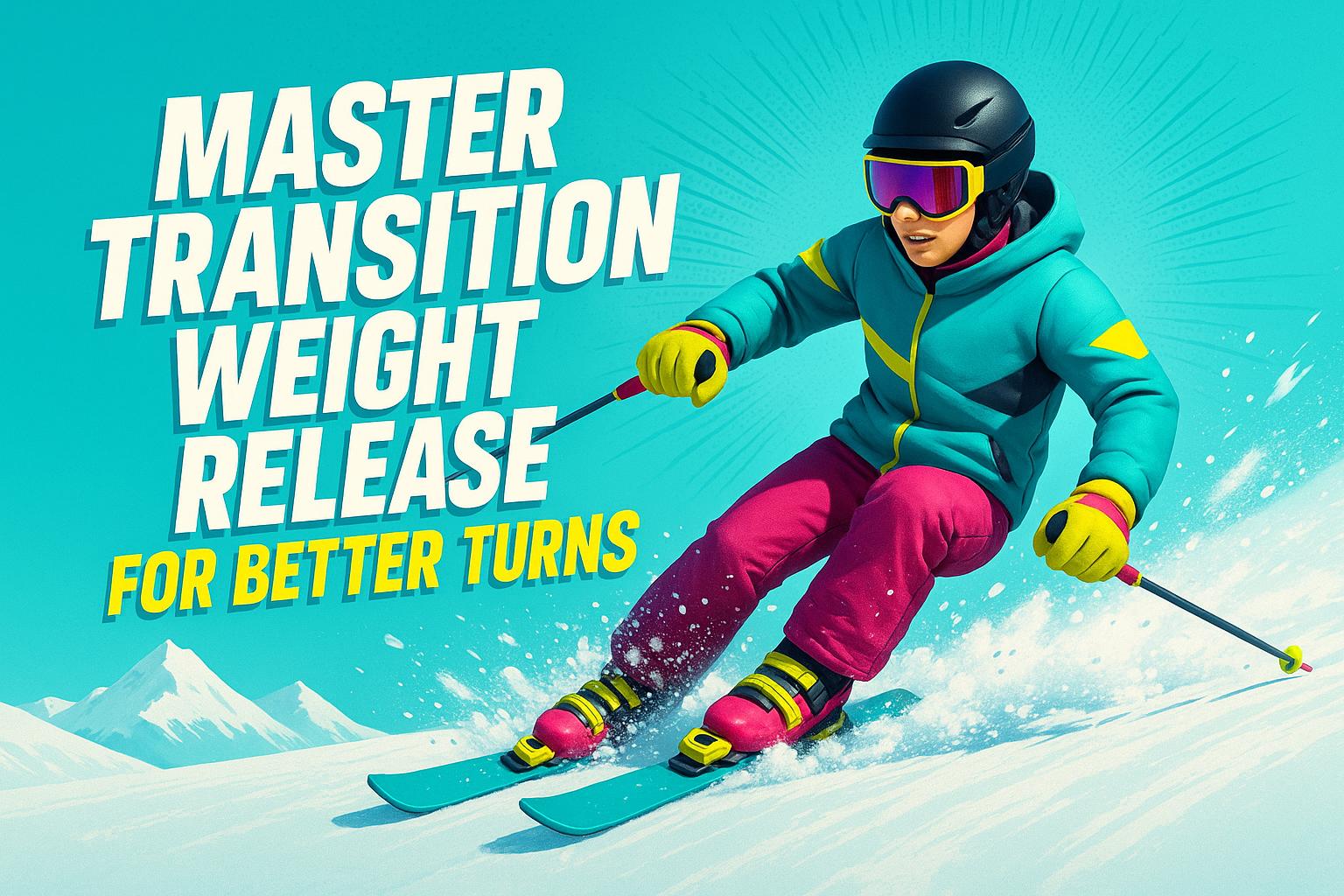

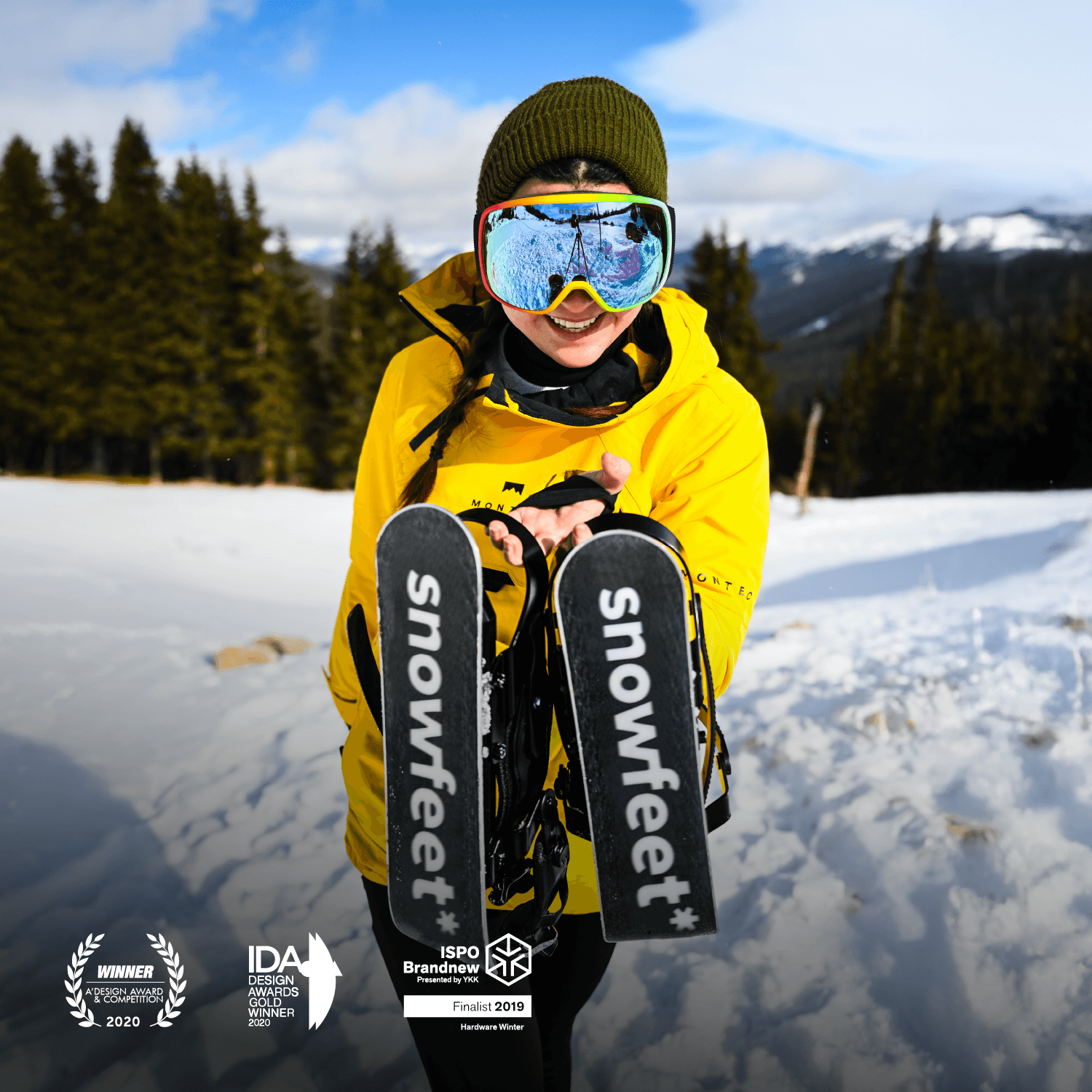

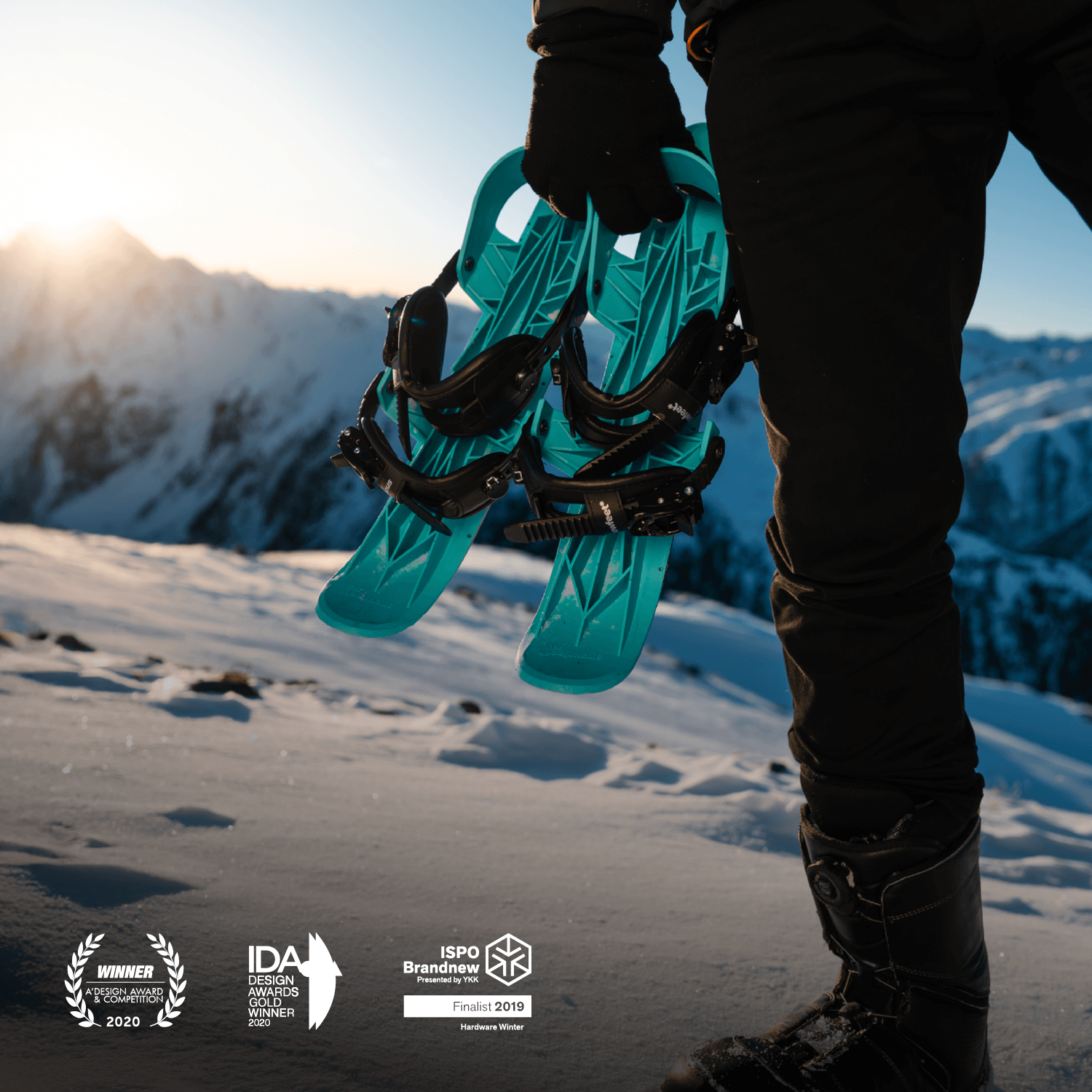
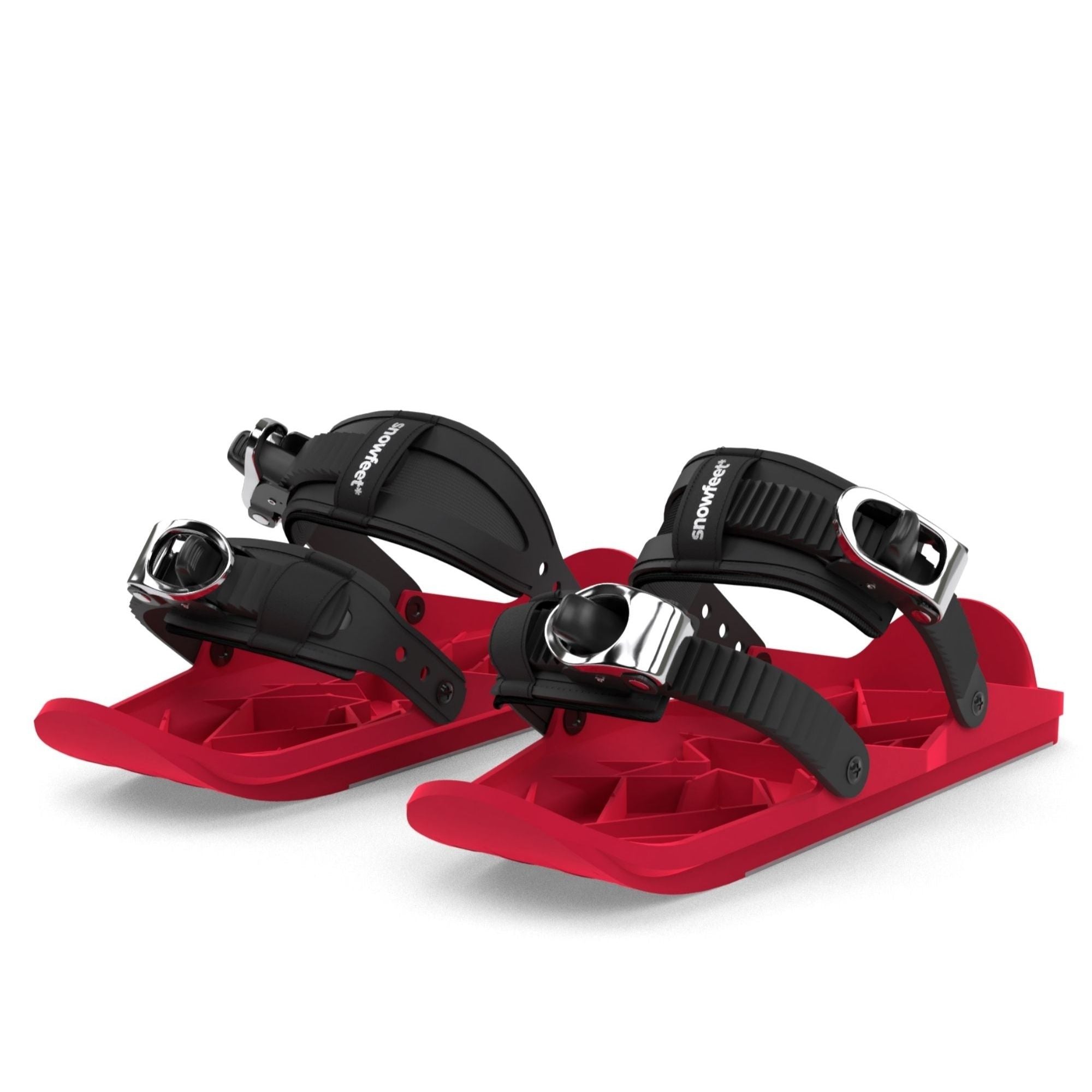



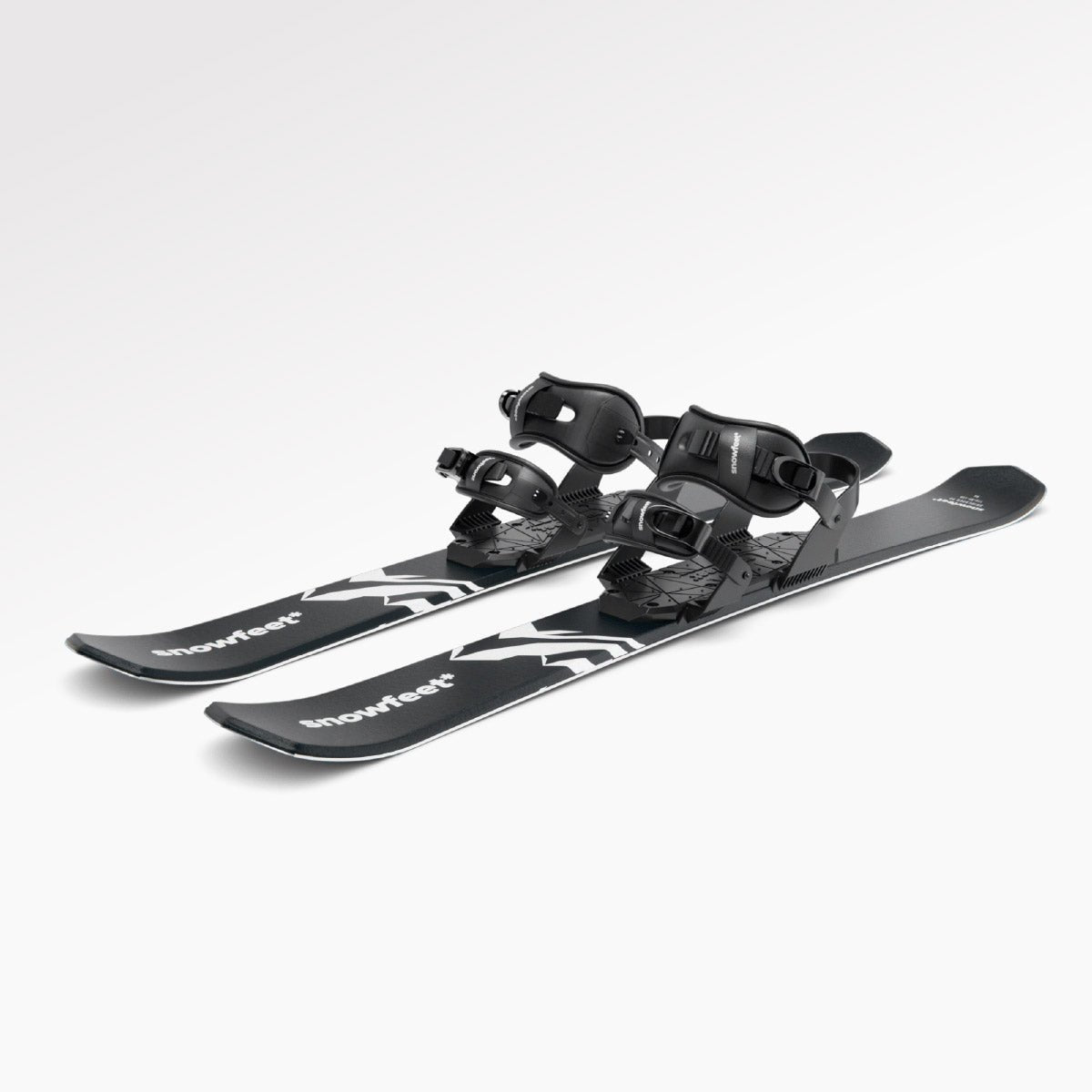
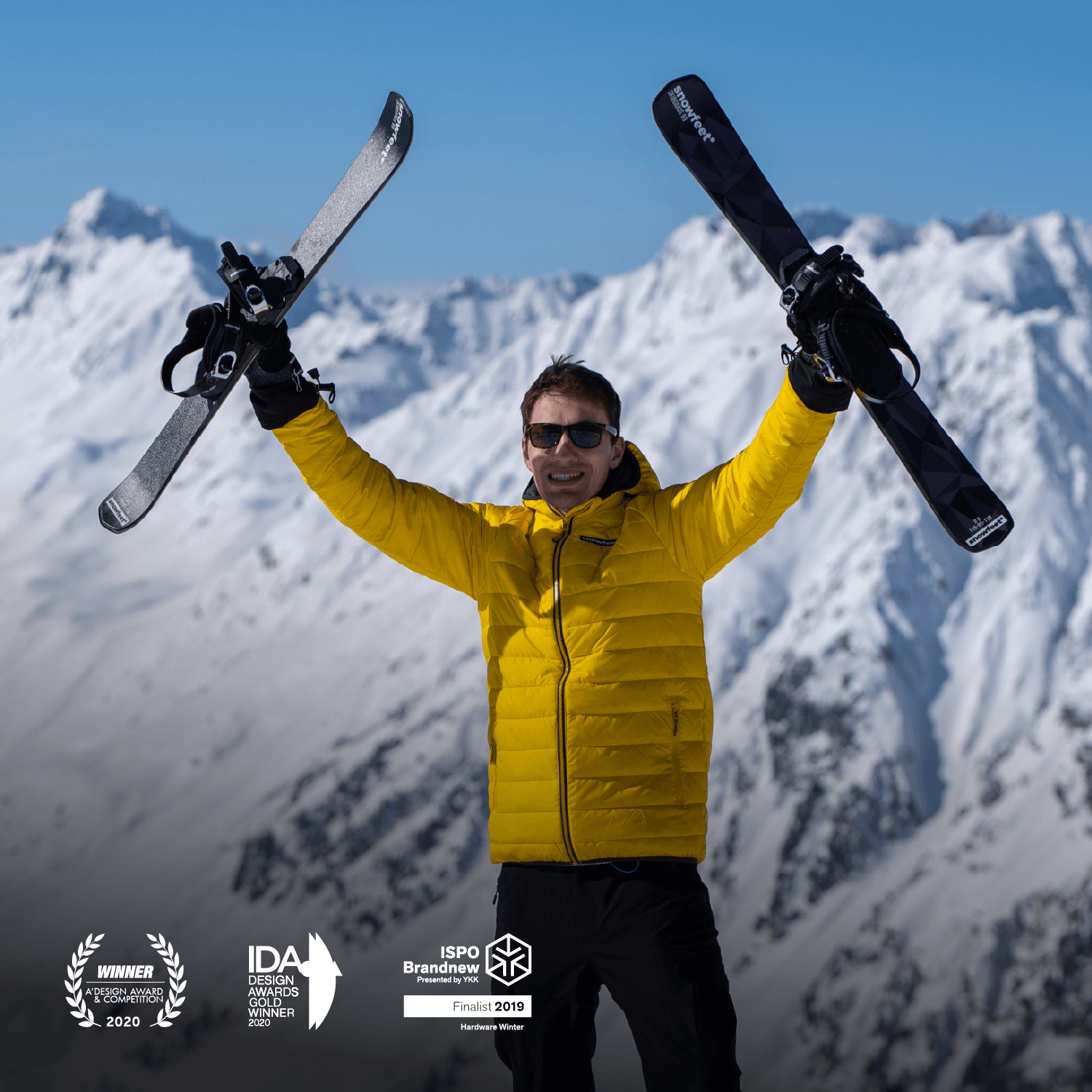
Hinterlassen Sie einen Kommentar
Diese Website ist durch hCaptcha geschützt und es gelten die allgemeinen Geschäftsbedingungen und Datenschutzbestimmungen von hCaptcha.